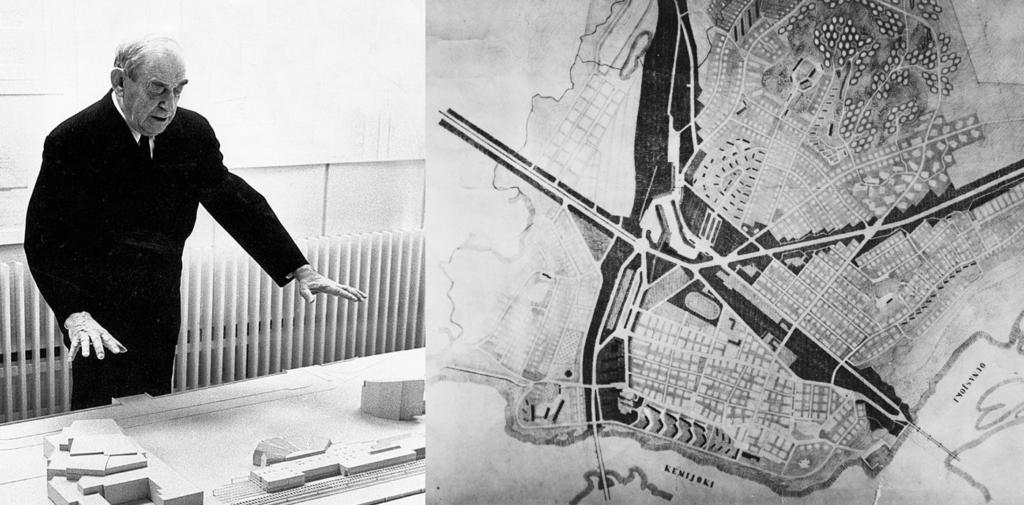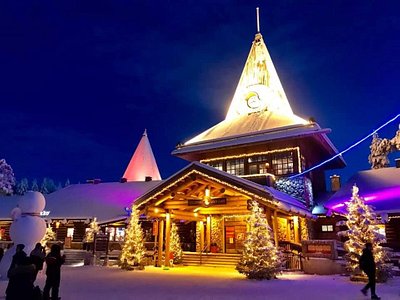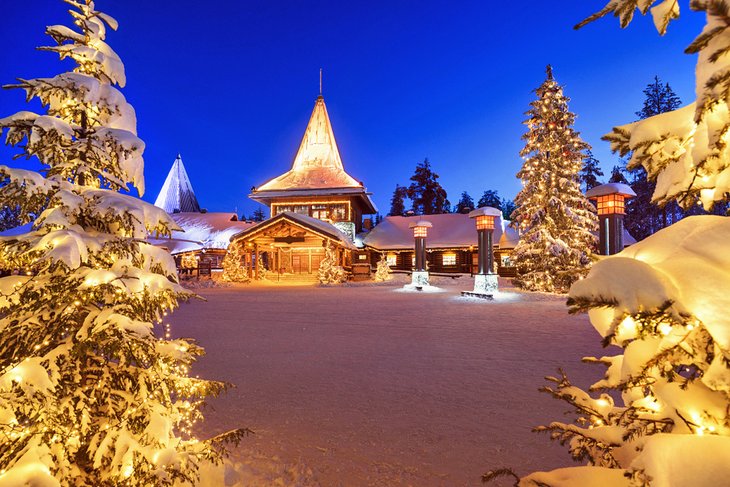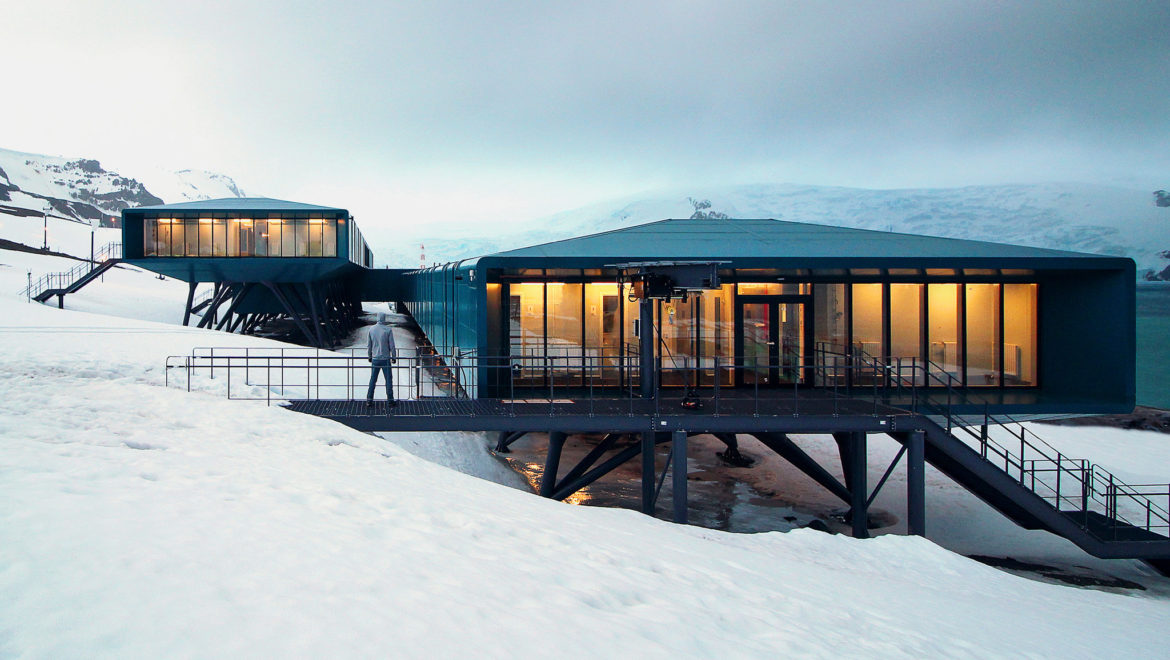Alvar Aalto: the great architect of the Santa Claus village
Who was Alvar Aalto?
Hugo Alvar Henrik Aalto (3rd February 1898 – 11th May 1976) born in Kuortane, Finland was a Finnish architect and designer. His work includes architecture, furniture, textiles and glassware, as well as sculptures and paintings. The span of his career, from the 1920s to the 1970s, is reflected in the styles of his work, ranging from Nordic Classicism of the early work, to a rational International Style Modernism during the 1930s to a more organic modernist style from the 1940s onwards.
Early life –
Aalto completed his basic education in 1916, and started taking drawing lessons from a local artist. In 1916 he enrolled to study architecture at the Helsinki University of Technology. However, his studies were interrupted because he went to fight in the Finnish civil war. Later, he continued his education, graduating in 1921. In the summer of 1922 he began military service, finishing at Hamina reserve officer training school, and was promoted to reserve second lieutenant in June 1923. In 1923, he opened an architectural office in Jyvaskyla under the name ‘Alvar Aalto, Architect and Monumental Artist’.
Lapland during WW2 –
In the 1930s, Rovaniemi was a quiet trading town of around 6,000 people until Russia invaded in 1939. The Finns fought off their aggressors in the brutal winter war of 1939-40, then allied with Germany for protection from further Russian incursions. The Germans created a base in Rovaniemi, doubling the population and built an air field and barracks, which would then become Santas official airport and Santa Claus village.
Once the Germans left in 1944, they burned Rovaniemi to the ground, they destroyed 90% of the town.
Rebuilding Rovaniemi, Lapland –
Aalto was commissioned by the Association of Finnish Architects to reconstruct the town in 1945. He saw the burned town as an opportunity. Aalto had the genius idea to have a town shaped like a reindeer. The central Rovaniemi is wrapped inside the reindeer’s head, with the Keskuskenttä sports stadium as the eye. Roads leading north, west and south make up the antlers.

In June 1950, Eleanor Roosevelt wanted to visit the Arctic Circle, so the Finns built a log cabin near Rovaniemi airport in a week, furnished with chairs designed by Aalto. The cabin because a tourist attraction and a tourism grew Rovaniemi was rebuilt.
He designed three main buildings for the towns centre:
- A concert hall
- A town hall
- And a library, which is one of his finest works
He also built a small section of houses in the suburbs, a private home and a commercial block all inspired by Frank Lloyd Wright’s design style.
Santa Claus Village –
Local entrepreneurs created the Santa Claus Village when more visitors were coming to Rovaniemi to see the arctic circle. A rural-style wooden village was created around Eleanor Roosevelt’s cabin, offering shops, reindeer rides, a Santa, and a post office so visitors could send letters from the Arctic Circle. This is where every letter addressed to Father Christmas ends up – around 700,000 a year.










